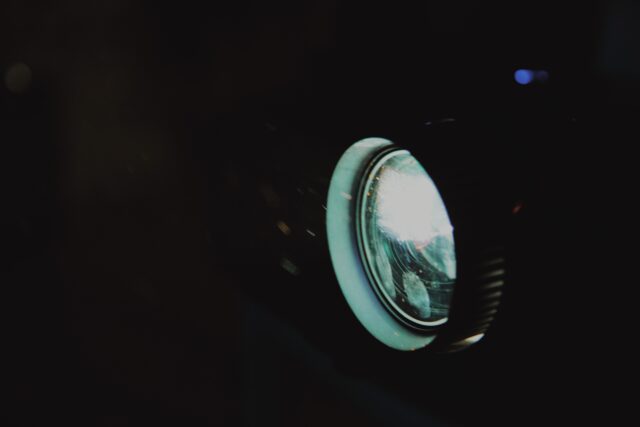
Avatar Sequel’s Crazy Frame Rate Crashed Some Theater Projectors
Just like Icarus, James Cameron has flown his $250 million Avatar: The Way of the Water budget a little too close to the sun. (That’s how the story goes, right?) Not only is the director’s latest film—which comes a decade after the first Avatar—over three hours long, but it’s offered in a high frame rate (HFR) format that has spelled disaster for multiple movie theaters in Japan.
Most movies are shot and played at 24 frames per second (fps). This has been the gold standard for decades; while video games and other media have reached—and surpassed—60fps by now, movies have stuck with 24fps due to both financial and operational limitations.
Most movie theaters lack support for HFR. Your average theater projector isn’t capable of handling 48fps, and because few movies are ever released in HFR, most theaters don’t find upgrading financially worthwhile. Worse, because HFR is so rare, most theater operators don’t know to check for new films’ frame rates and ensure their equipment can run those films correctly. This perfect storm of circumstances created a problem for the Avatar sequel’s Japan release, which Bloomberg took a nasty stumble as several theaters’ projects crashed over the weekend.

(Photo: Ricardo Alvarez/Unsplash)
Though most impacted theaters—Toho, United Cinemas, and Tokyu among them—have so far refused to comment on the situation, some have said projectors’ fans weren’t able to operate at a level necessary for HFR films. Several theaters were forced to offer refunds to disappointed customers while canceling future screenings. One even reportedly attempted to lower the film’s frame rate to 24fps, though it’s unclear whether it succeeded in doing so.
The 48fps version of Avatar: The Way of the Water is said to use HFR only during its action sequences, meaning it’s quite possible customers had already become involved with the movie before projectors failed. At October’s Busan International Film Festival in South Korea, Cameron he was embracing 48fps because it makes underwater and flying scenes more immersive. It’s also said to reduce eye strain and nausea during 3D viewings. Nonetheless, 48fps and other HFR formats remain controversial: Peter Jackson’s Hobbit trilogy was a decade ago for the “soap opera effect” that HFR provides, and now Cameron runs the risk of experiencing the same.
Now Read: